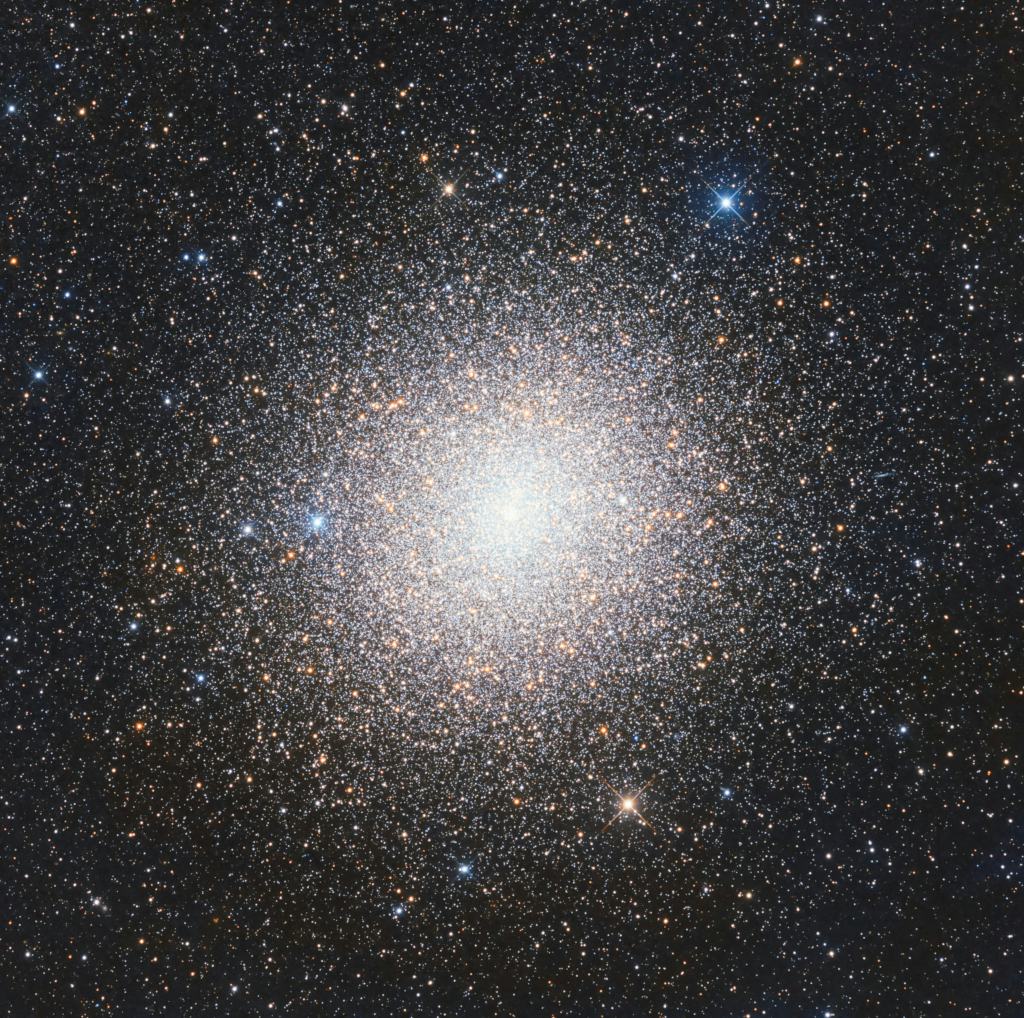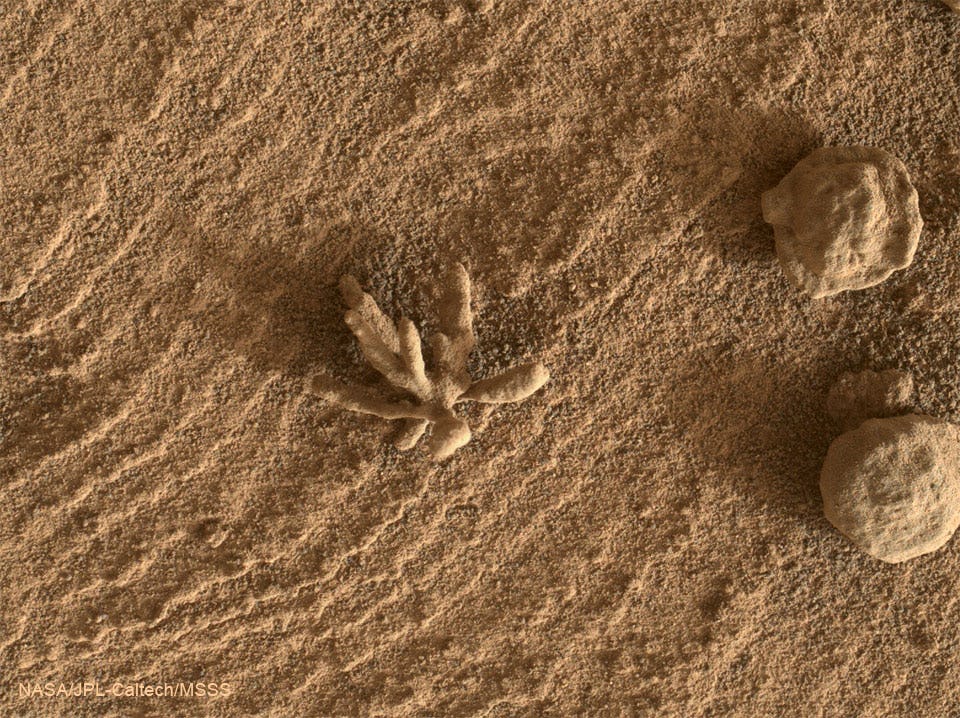How do you love,
without being a fool?
To tell the truth
about the feelings you have,
before it's too late.
By not embarrassing you,
would be the first step.
I apologize in advance,
if it's what I do.
I have a great respect,
which will always live on,
after the Sun stops shining
and we await the new dawn.
Public Posts Stanwood, WA Stanwood, WA (zoom)
The end of a life
is drawing near,
waiting for Death,
to next appear.
The thought of Death,
scares me not, see,
as long as you,
keep a memory of me,
in your heart, where
I hope it to be.
A dog,
a cat,
a Crow
in a
used box,
purposely lined
with socks.
A cozy
place for
all three,
to live
together now
in harmony.
Tell me the truth now,
don't exacerbate,
no more of your lies,
no more spewing your hate.
NASA Astronomy Picture of the Day:
Globular star cluster 47 Tucanae is a jewel of the southern sky. Also known as NGC 104, it roams the halo of our Milky Way Galaxy along with some 200 other globular star clusters. The second brightest globular cluster (after Omega Centauri) as seen from planet Earth, 47 Tuc lies about 13,000 light-years away. It can be spotted with the naked-eye close on the sky to the Small Magellanic Cloud in the constellation of the Toucan. The dense cluster is made up of hundreds of thousands of stars in a volume only about 120 light-years across. Red giant stars on the outskirts of the cluster are easy to pick out as yellowish stars in this sharp telescopic portrait. Tightly packed globular cluster 47 Tuc is also home to a star with the closest known orbit around a black hole.
Photo by Bernard Miller

A quick, easy and tasty weeknight Cassoulet version with white beans, chicken, and Italian sausages. It comes together in about 45 minutes... Read more
The World cries,
about Ukranian plight,
as freedom dies,
and civilians take flight.
Write to paper,
all the words, I must,
before my mind,
fills with mental dust.
I now live to write,
about subjects I choose,
as I write about thoughts,
I do not wish to lose.
Please bear with me,
on this grey day,
while senility is starting
to find places to stay.
I must write, words true,
doing it for all,
but mostly for you.
What happens to life,
when your brain
starts to rust,
while your memories
become nothing but dust.
Having not the answer,
with a reply to you.
I will always try
doing what I do,
loving your sweet image
and always be true,
with my heart,
which belongs to you.
Will you still love me
when I see you today?
I dearly hope you will,
for this I will pray.
NASA Astronomy Picture of the Day:
It is one of the more unusual rocks yet found on Mars. Smaller than a penny, the rock has several appendages that make it look, to some, like a flower. Although it would be a major discovery if the rock was truly a fossilized ancient Martian flower, there are less spectacular -- and currently preferred -- explanations for its unusual structure. One theory that has emerged is that the rock is a type of concretion created by minerals deposited by water in cracks or divisions in existing rock. These concretions can be compacted together, can be harder and denser than surrounding rock, and can remain even after the surrounding rock erodes away. The flower structure may also be caused by crystal clusters. The small rock, named Blackthorn Salt, has similarities to previously imaged Martian pebbles. The featured image was taken by the Curiosity rover on Mars in late February. Scientists will continue to study data and images taken of this -- and similar -- surprising Martian rocks. Review: Last Year in Space Pictures








.jpg?fit=crop&w=280&h=280&q=93)












 - Copy.jpg?fit=crop&w=280&h=280&q=93)


R.jpg?auto=format&fit=clip&w=600)





















